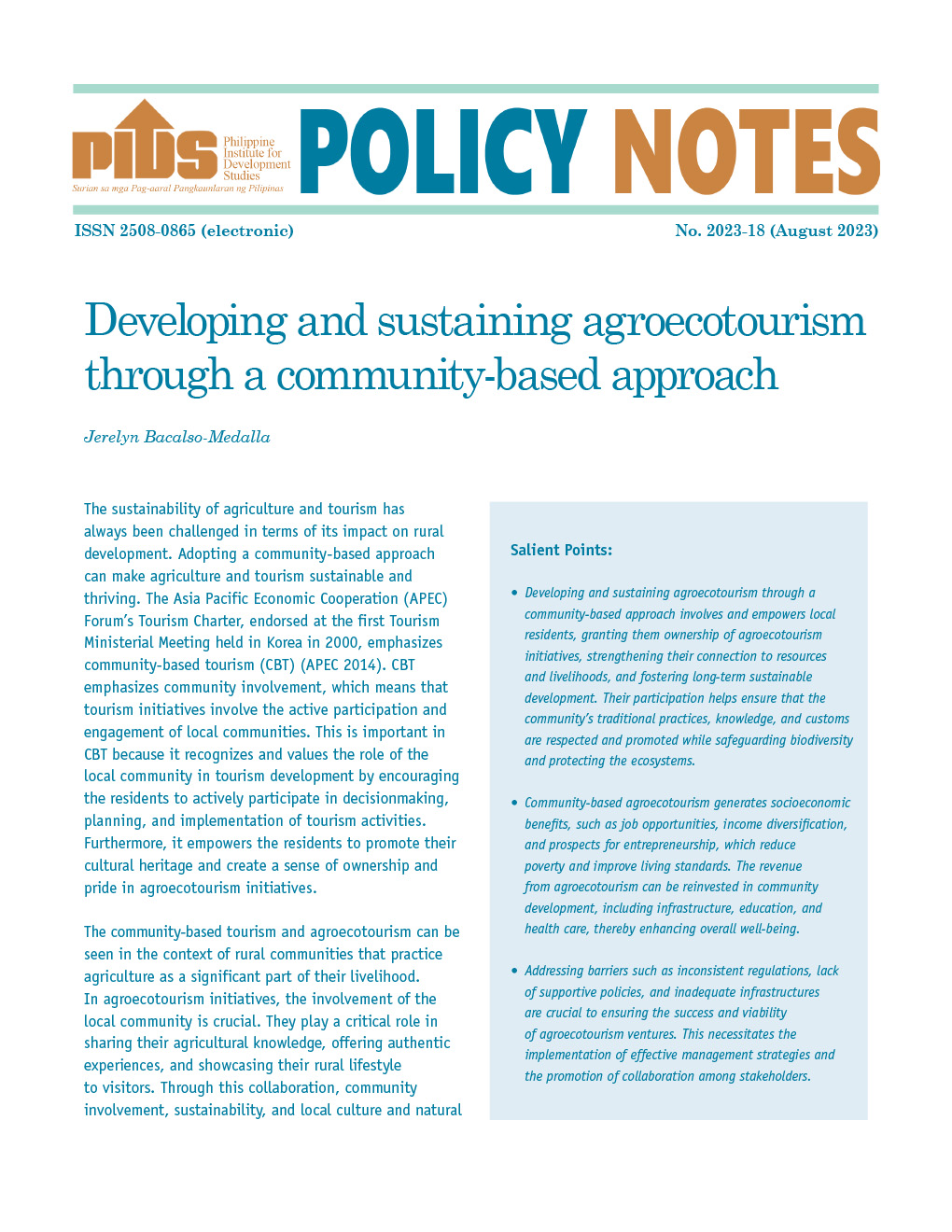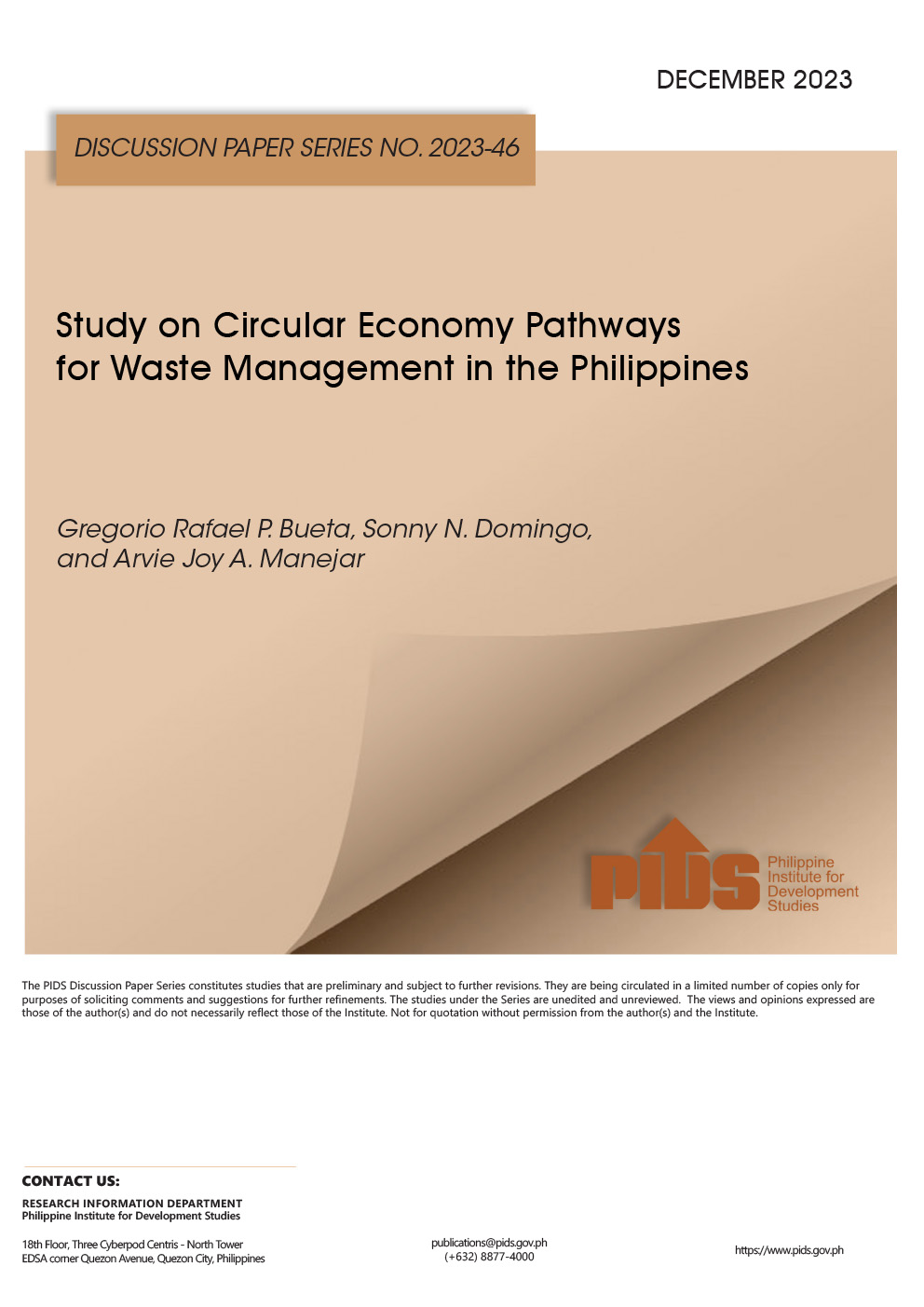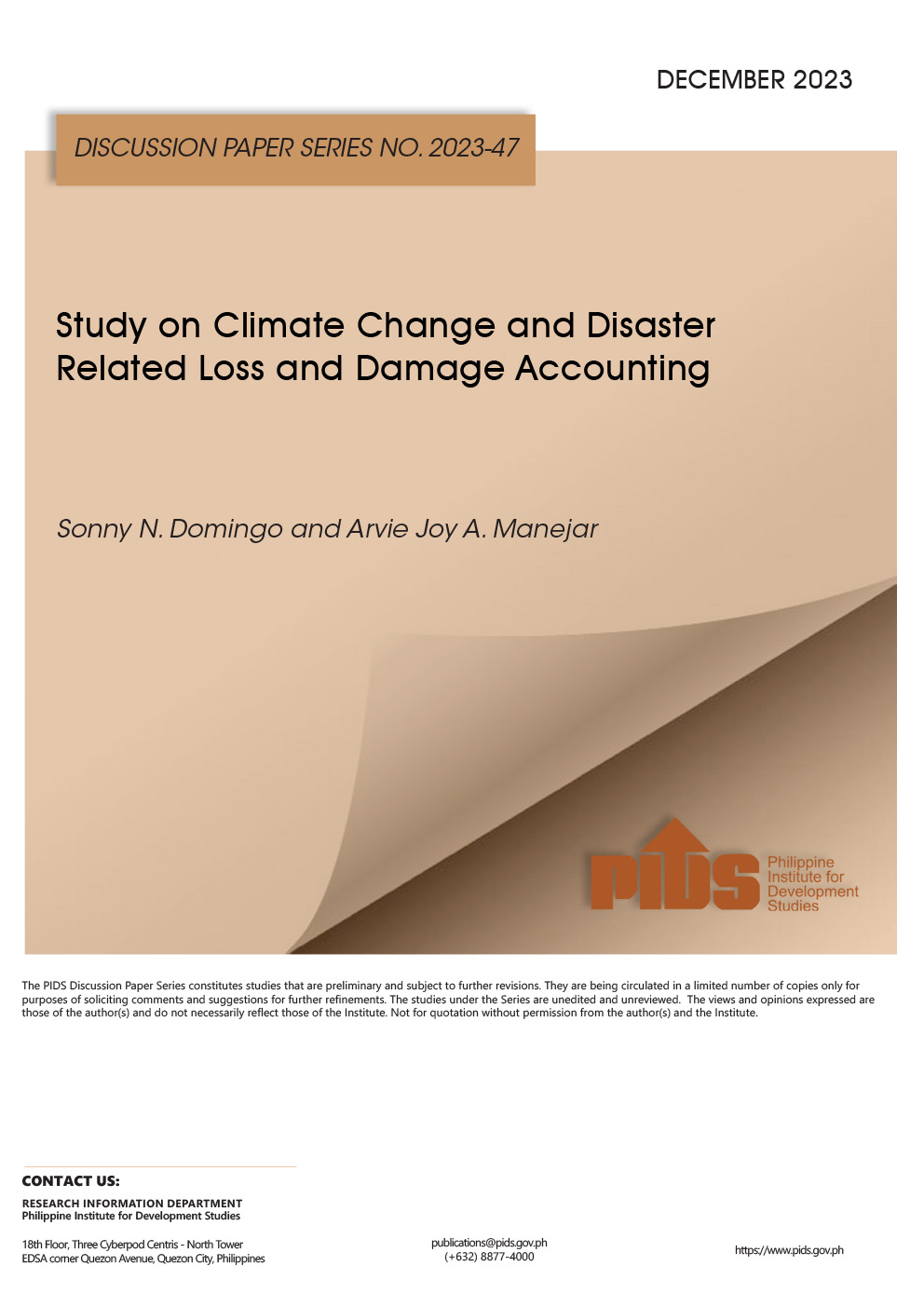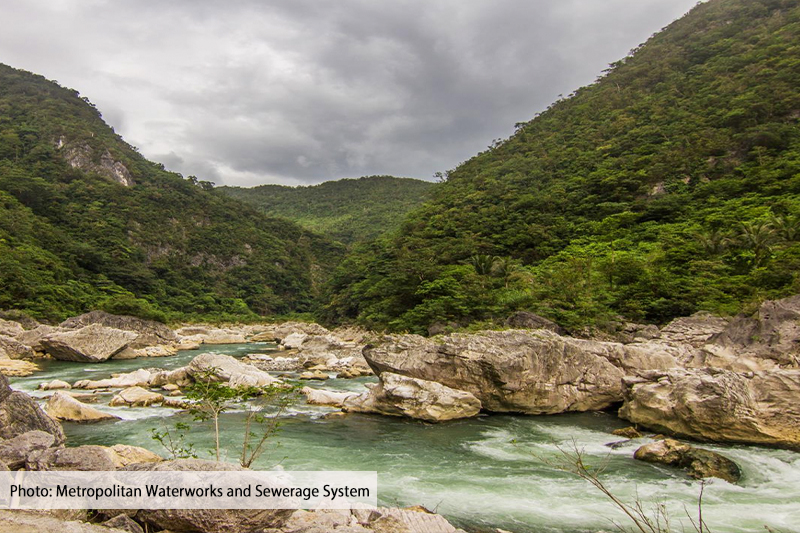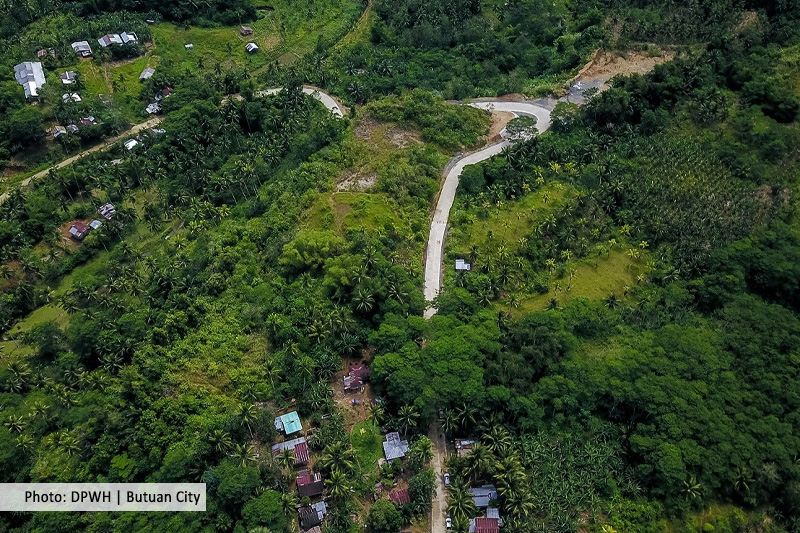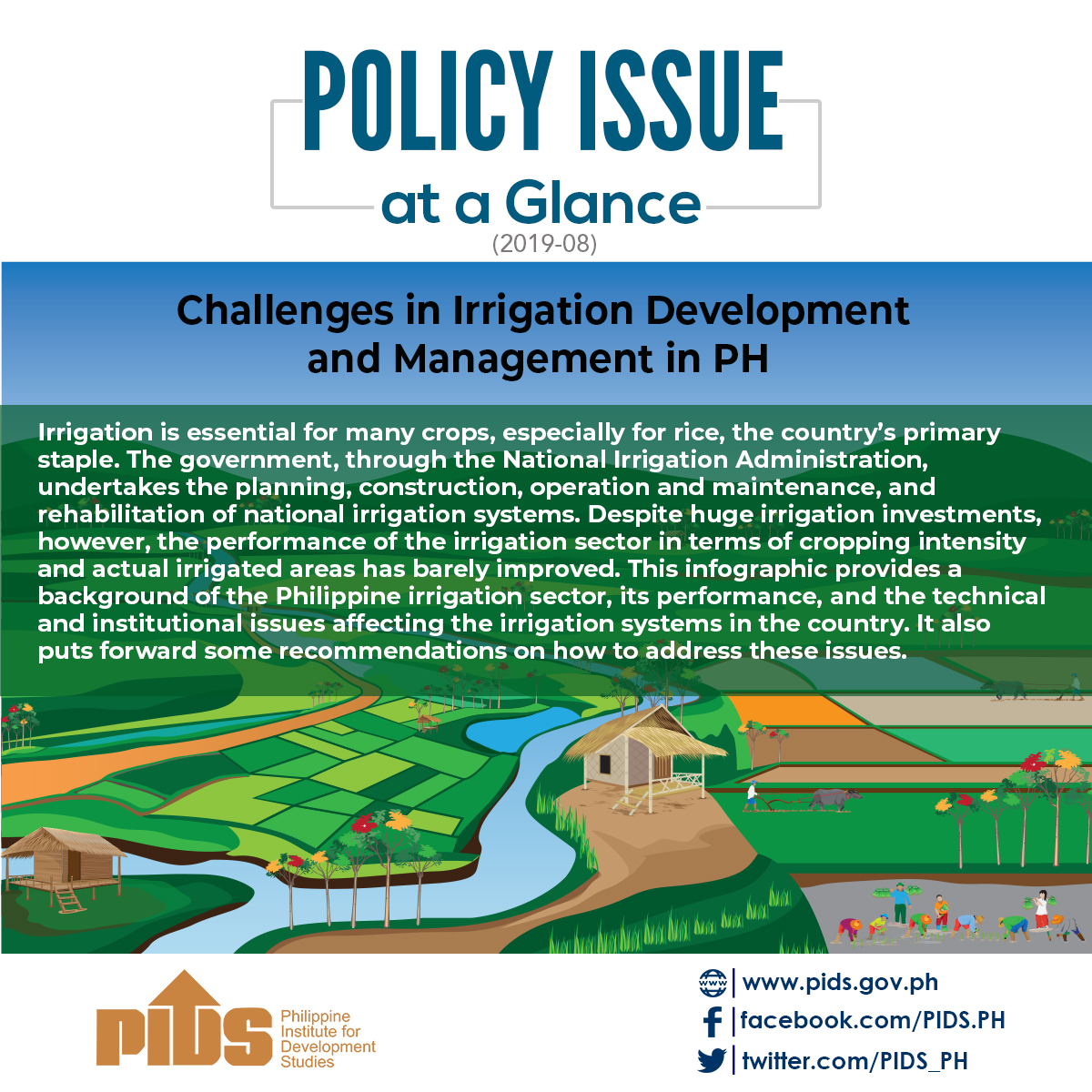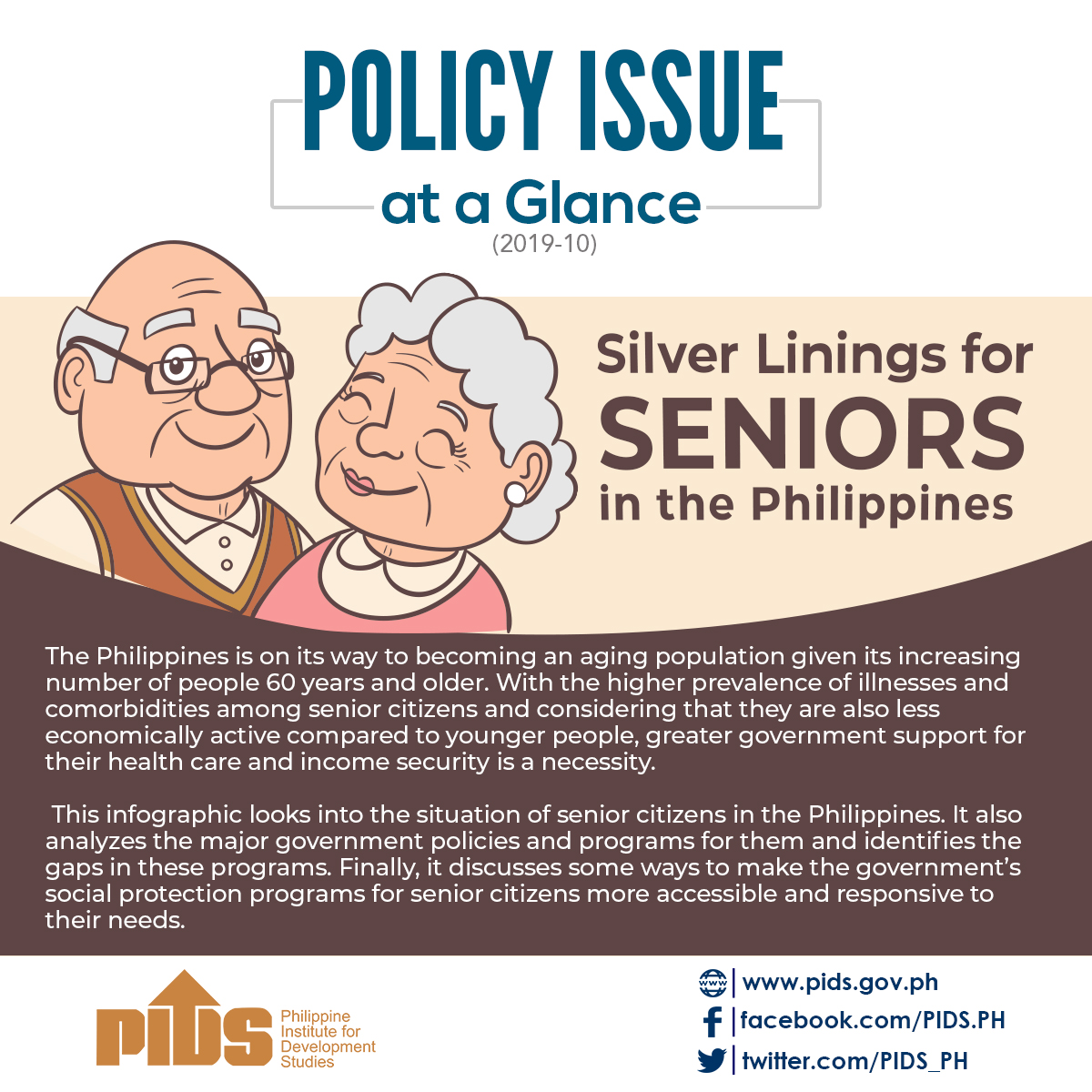A research study recently conducted by the Philippine Institute for Development Studies (PIDS) has bared the abundance of microplastics in Tañon Strait, the country’s largest marine-protected area, at levels higher than in similar bodies of water in countries like China.
In a news statement, PIDS said the finding was part of the study titled “Are Marine-protected Areas Sheltered from Plastic Pollution?” done on in the vast strait located between Cebu and Negros Islands.
The author, Maria Kristina Paler, is a grantee of the Philippine APEC Study Center Network’s (PASCN) Thesis and Dissertation Program. The PIDS serves as the secretariat and convener of the PASCN. “The relatively high microplastic occurrence in Tañon Strait shows that the Philippines has been contributing a substantial volume of plastic debris into the marine ecosystem. This calls for proper waste disposal to mitigate the problem of plastic pollution,” Paler said.
Paler noted, however, that banning single-use plastics may not be “economically sound,” considering Filipinos’ preference for sachets over bottled products due to economic constraints.
She then called for the provision of economic incentives to manufacturers that use substitutes for these plastic materials.
Another recommendation is for the “prohibition of discarding nets in seas, which is notoriously a common practice in the Philippines.” Paler also suggested recycling and energy recovery as ways to treat “residual waste,” such as diapers and sanitary napkins.
“As such, policies to reduce single-use packaging, particularly polyethylene-based plastics, should be pursued,” Paler urged.
The data showed that microplastics in the waters of the Tañon Strait ranged from 0 to 1.5 items per liter, while its abundance in the sediments ranged from 0 to 39.72 items per kilogram dry weight.
In terms of size, PIDS said the samples suggested that microplastics, with a size smaller than 1 millimeter (mm), were “from larger plastic debris that ended up in the marine environment.”
In terms of plastic type, the water tests found that the most abundant was polyethylene, while polyamide was abundant in the sediments.
Polyethylene may come from single-use bags, films for food, or sachet packaging, often used in the country. Polyamides, meanwhile, are mostly from automotive and electronic products.
Paler noted that the polyamides found in the samples are nylon used in fishing nets. She added that the results suggest pollutants were generated from single-use plastic items and plastics largely used in the packaging industry.
PIDS study reveals ‘abundance’ of microplastics in Tañon Strait

